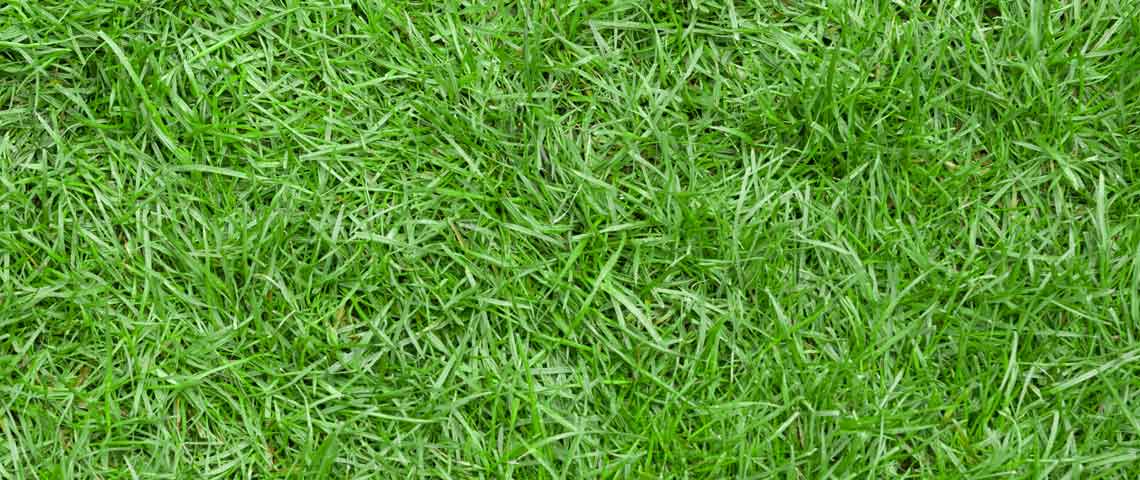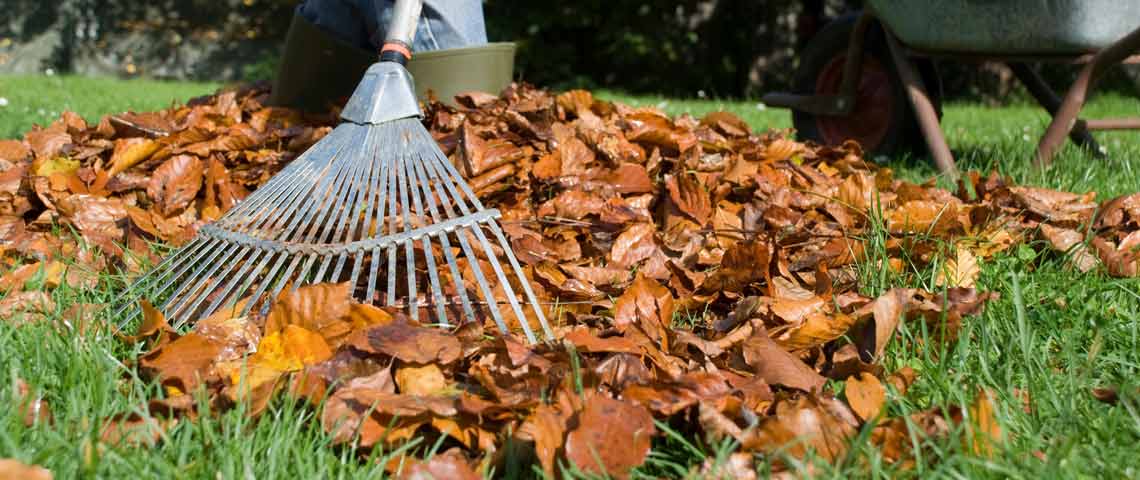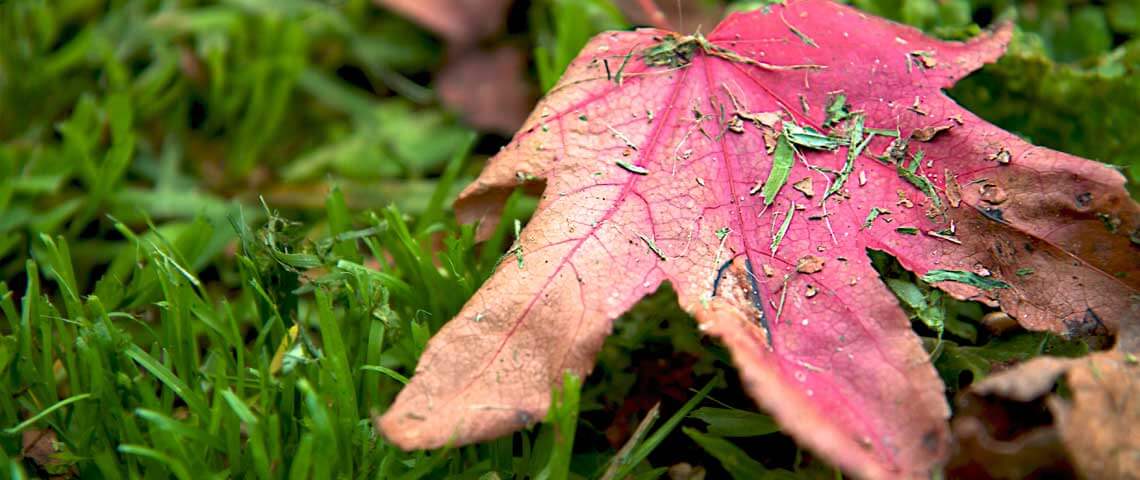All You Need to Know About Zoysia Grass
Zoysia grass is known for its ability to stand up to heat, drought, heavy foot traffic and a variety of other challenges. In its optimal growing zones, this tough grass can deliver a beautiful, dense lawn with very little input from you. Whether Zoysia is right for you depends on where you live, your lawn care goals and how you use your lawn. When those elements align with Zoysia's strengths, this versatile lawn grass may be the ideal choice.
- Zoysia Grass at a Glance
- Zoysia Grass Basics
- Other Zoysia Grass Considerations
- Zoysia Grass Lawn Care Calendar
Zoysia Grass at a Glance
- Warm-season grass with improved cold tolerance.
- Prefers sun, tolerates some light shade.
- Suitable for southern and transition zones.
- Tolerant of heat and drought.
- Low water and maintenance requirements.
- Dense, traffic-tolerant growth.
Zoysia Grass Basics
Zoysia grass is native to Asia, but it's been in the United States since at least 1895,1 around the time the first American lawns appeared. It is known as a warm-season grass, meaning its active growth starts in the warmth of late spring and peaks during hot summer weather. Zoysia is perennial, so it comes back year after year when grown in appropriate climates. It's well-suited to lawns across the southern states, from the hot, humid Southeast to parts of California.
For homeowners in what lawn pros refer to as the transition zone, Zoysia merits extra attention. This area represents where many common northern and southern lawn grasses meet the limits of their climate preferences and a transition of recommended grasses occurs. Some cool-season grasses can struggle with added heat and humidity here. Similarly, cold winter temperatures in the zone's northern reaches challenge some warm-season grasses as well. However, Zoysia's heat and cold tolerance allow it to flourish in this region.
Some types of Zoysia grass can only be grown from sod or grass sprigs, but Pennington Zenith Zoysia Grass Seed and Mulch combine the strengths of Zoysia grass with all the benefits of growing from seed. Zenith Zoysia also offers improved cold tolerance to give lawn owners even greater advantages in this challenging region.
Other Zoysia Grass Considerations
Zoysia grass establishes more slowly than some lawn grasses, but it forms a very dense carpet of grass beneath your feet. Few lawn weeds penetrate established Zoysia lawns. The grass spreads by above-ground stems called stolons and underground stems called rhizomes. This thick, dense growth earns favor among warm-climate sod producers and families that use their lawns heavily for lawn games and entertaining.
During its active growing season, Zoysia typically stays light to medium green. It turns brown when winter dormancy sets in, but it stays green much longer than Bermudagrass and other warm-season grasses. Plus, Pennington Zenith Zoysia Grass Seed and Mulch keeps its green color longer than ordinary Zoysia grasses do. Some homeowners choose to overseed Zoysia lawns in fall with cool-season ryegrass for green winter color, but others appreciate its straw-like natural hue. Come spring, Zoysia lawns are among the first warm-season lawns to green up again.
Zoysia naturally develops a deep root system, and it's very efficient at conserving moisture and resisting drought. During short drought episodes, the grass remains green. If drought and heat persist, Zoysia will go dormant, but it greens up quickly when watered again. Zoysia prefers full sun, but it tolerates light shade — unlike Bermudagrass and other sun-loving, warm-season grasses.
Zoysia Grass Lawn Care Calendar
Like all warm-season grasses, Zoysia grass thrives in heat and peaks in growth during late spring and summer months. The optimal time for major lawn care tasks is during this time of vigorous growth. As cool fall temperatures arrive, Zoysia grass slows and begins to go dormant. Your lawn care schedule slows as well. To keep your Zoysia grass lawn at its bests, always keep these natural seasonal cycles in mind.
Zoysia grows best in southern areas. The farther north you live, the greater the impact weather conditions have on Zoysia's success and survival. If you're unsure about typical frost cycles and cold weather extremes for your local area, contact your county extension agent for advice. Then follow this lawn care calendar for a rich, lush Zoysia grass lawn.
FEBRUARY/MARCH THROUGH MAY
Weed Prevention and Fertilization
Prevent crabgrass and feed your established Zoysia lawn in early spring with Pennington Full Season Weed & Feed with Crabgrass Control 25-0-8. Apply this preemergent any time before weed seeds germinate, which starts when soil temperatures hit 55 degrees Fahrenheit. Wait at least four weeks after application to overseed.
Mowing
Start mowing Zoysia grass as it exits dormancy. Active Zoysia growth typically starts when soil temperatures warm to about 65°F. Mow as needed to maintain Zoysia grass at the recommended grass height of 1 to 1 1/2 inches. Never remove more than one-third of the blade in a single mowing.
Seeding and Overseeding Thin Lawns
Seed or overseed with Pennington Zenith Zoysia Grass Seed and Mulch in late spring or early summer. Wait until all threat of frost has passed. Zoysia grass germinates best with soil temperatures around 65°F to 70°F. This roughly corresponds to daytime air temperatures near 80°F or more.
Weed Control and Fertilization
Control existing emerged weeds and fertilize established Zoysia grass lawns with Pennington Full Season Weed & Feed with Crabgrass Control 25-0-8 once grass and weeds hit active growth in late spring. If you've already applied this product, you're set. Do not reseed treated areas until at least three to four weeks after application. Do not apply to newly seeded areas until grass establishes and your third mowing occurs.
Aerate and Dethatch
Zoysia's dense growth habit often results in excess thatch. Dethatch Zoysia during peak growth to help ensure quick recovery. Aerate, if needed, to improve compacted soil.
Watering
Zoysia lawns typically need 1 inch of rainfall or irrigation per week. Deep, infrequent watering encourages deep, drought-resistant roots.
JUNE THROUGH AUGUST
Mowing
Continue to maintain your Zoysia grass lawn at 1 to 2 inches tall. Slightly higher mowing helps shade grass roots, reduce evaporation and encourage deeper root growth during summer heat.
Fertilization
Compared to many other lawn grasses, Zoysia has relatively low nitrogen requirements. If soil testing recommends summer nitrogen, feed with Pennington Full Season Lawn Fertilizer 32-0-5 during active growth — following your soil test recommendation closely.
Watering
Water as needed so your Zoysia lawn gets 1 to 1 1/4 inches of weekly water from irrigation and rain combined. Sandy soil may require more frequent watering to keep Zoysia grass healthy and green.
Pest Control
Treat turf pests such grubs and mole crickets with Sevin Insect Killer Lawn Granules to stop lawn damage and protect grass for up to three months.
Soil Testing
Soil testing reveals your lawn's pH and nutrient availability. Zoysia grass prefers soil pH between 5.8 and 7.0.2 Test lawns every three to four years to see if your lawn needs lime or other soil amendments.
SEPTEMBER THROUGH NOVEMBER
Mowing
Continue mowing Zoysia at heights of 1 to 1 1/2 inches as growth slows and dormancy approaches. Keep mowing until your grass stops growing.
Weed Control and Fertilization
Six to eight weeks before you expect fall frost, treat broadleaf weeds and prep Zoysia for winter with Pennington Full Season Weed & Feed with Crabgrass Control 25-0-8.
Overseeding for Winter Color
If you plan to overseed your Zoysia lawn for temporary winter color, wait until nighttime temperatures are consistently lower than 65°F and the grass begins to brown. Avoid all weed killers at least three weeks before seeding with Pennington Smart Seed Perennial Ryegrass Grass Seed and Fertilizer Mix or Pennington Annual Ryegrass Grass Seed.
Watering
Supplement fall rains as needed so your lawn receives 1 inch of water per week.
Soil Amendments
Amend your soil according to soil test recommendations. Overly acidic soil may need lime to restore pH balance. Gypsum helps loosen heavy clay soil and enhance root growth.
Leaf Management
Manage fallen leaves by raking or mulching to prevent grass from smothering under leaves.
DECEMBER THROUGH FEBRUARY
Mowing
Dormant Zoysia lawns do not need winter mowing. Lawns overseeded with cool-season ryegrasses need regular mowing all winter long. Maintain overseeded lawns at a height of 2 inches to keep ryegrass looking its winter best.
Watering
Water dormant Zoysia lawns only if needed to prevent desiccation. Continue to water overseeded lawns so cool-season grasses receive 1 to 1 1/4 inches of water per week.
Tool Maintenance
Maintain lawn equipment during the off season. Sharp mowers and clean tools lessen the risk of lawn disease.
Winter Weed Control
Spot-treat winter weeds with targeted treatments; green weeds stand out against dormant warm-season grasses.
Yard Patrol
Keep your lawn clear of stones or winter debris so you're ready for an early spring.
For many homeowners, Zoysia grass is their warm-season grass of choice. That's especially true where a drought-resistant, low-maintenance, traffic-tolerant lawn is the goal. Pennington is dedicated to producing the finest grass seed possible and helping you grow and enjoy a beautiful, lush, healthy lawn. We're here for you — whatever type of grass you choose to grow.
Always read product labels thoroughly and follow instructions.
Sources:
1. Duble, Richard L., "Zoysiagrass," Texas A&M AgriLife Extension.
2. Patton, Aaron, "Liming Your Lawn," University of Arkansas Cooperative Extension Service.




